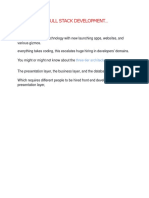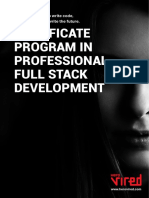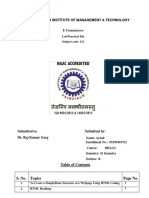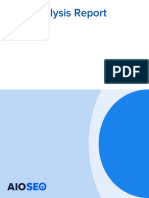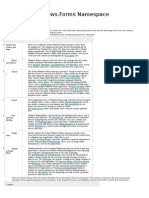0% found this document useful (0 votes)
52 views6 pagesRoad Map For Full Stack Developer
The document outlines a structured roadmap for aspiring full stack developers, detailing a step-by-step approach to mastering both front-end and back-end technologies over a 13-week period. It emphasizes the importance of foundational skills in HTML, CSS, and JavaScript, followed by backend programming languages, frameworks, and real-world project development. Additionally, it highlights the significance of version control systems, hands-on experience, and community engagement in the learning process.
Uploaded by
kunal kadamCopyright
© © All Rights Reserved
We take content rights seriously. If you suspect this is your content, claim it here.
Available Formats
Download as TXT, PDF, TXT or read online on Scribd
0% found this document useful (0 votes)
52 views6 pagesRoad Map For Full Stack Developer
The document outlines a structured roadmap for aspiring full stack developers, detailing a step-by-step approach to mastering both front-end and back-end technologies over a 13-week period. It emphasizes the importance of foundational skills in HTML, CSS, and JavaScript, followed by backend programming languages, frameworks, and real-world project development. Additionally, it highlights the significance of version control systems, hands-on experience, and community engagement in the learning process.
Uploaded by
kunal kadamCopyright
© © All Rights Reserved
We take content rights seriously. If you suspect this is your content, claim it here.
Available Formats
Download as TXT, PDF, TXT or read online on Scribd
/ 6







